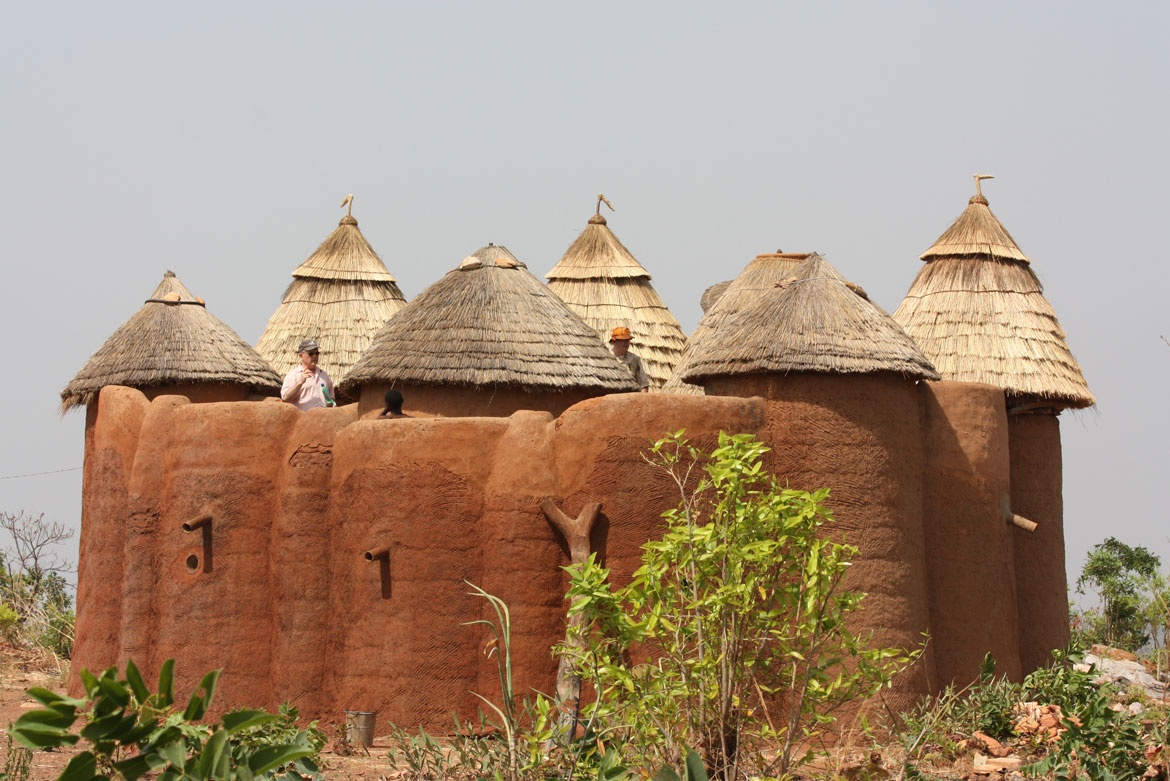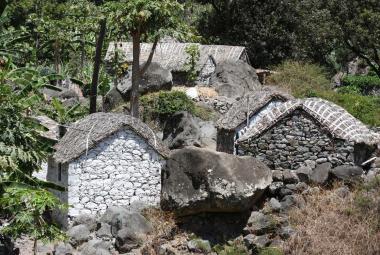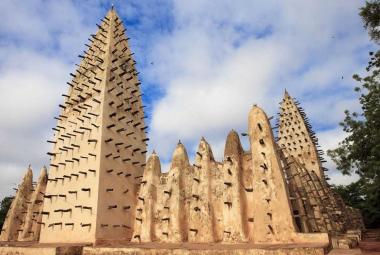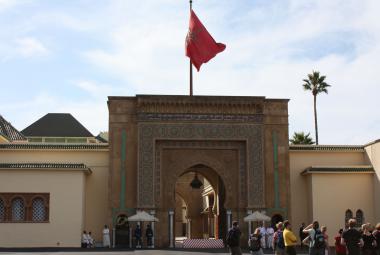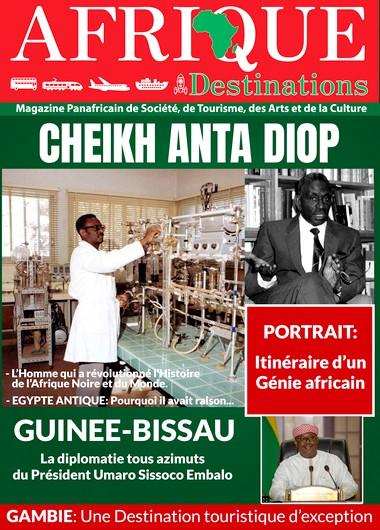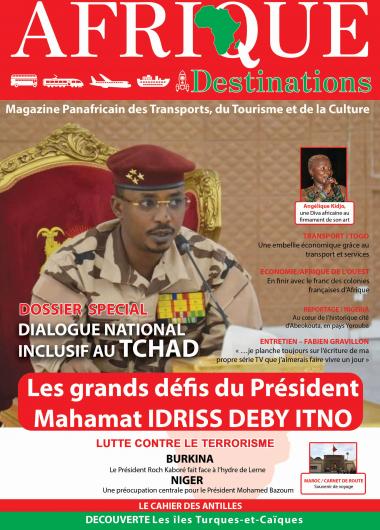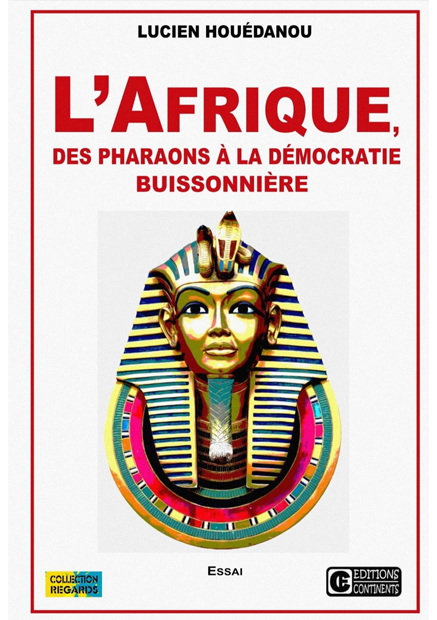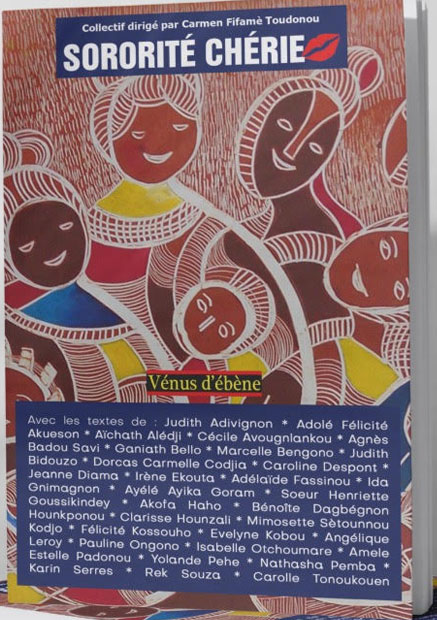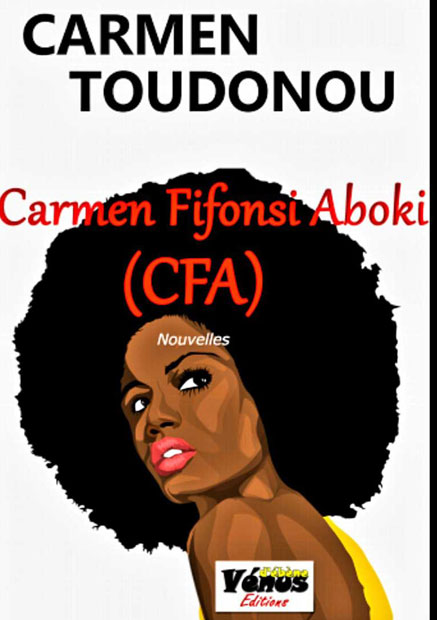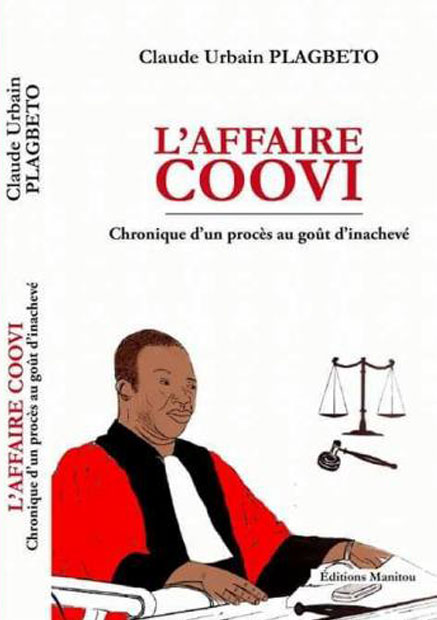Located in the far north of Togo, Koutammakou or the land of the Batammariba has a rich culture whose ramifications go as far as Benin. Overview of a region with an invaluable historical and cultural heritage.
At first glance, what distinguishes Koutammakou is the typical habitat of the Batammariba. As the name of this Batammariba ethnic group (the builders) indicates, it originally had the particularity of inhabiting fortified castles surmounted by turrets and attics. Below, there are chambers and altars, including shrines, attributes of rituals or initiation ceremonies, etc. It is not surprising that the original architecture of the habitat of the Batammariba is inscribed on the UNESCO World Heritage List. And this thanks to the remarkable contribution of Dominique Sewane, an internationally recognized ethnologist and philosopher who works to preserve African cultural heritage.
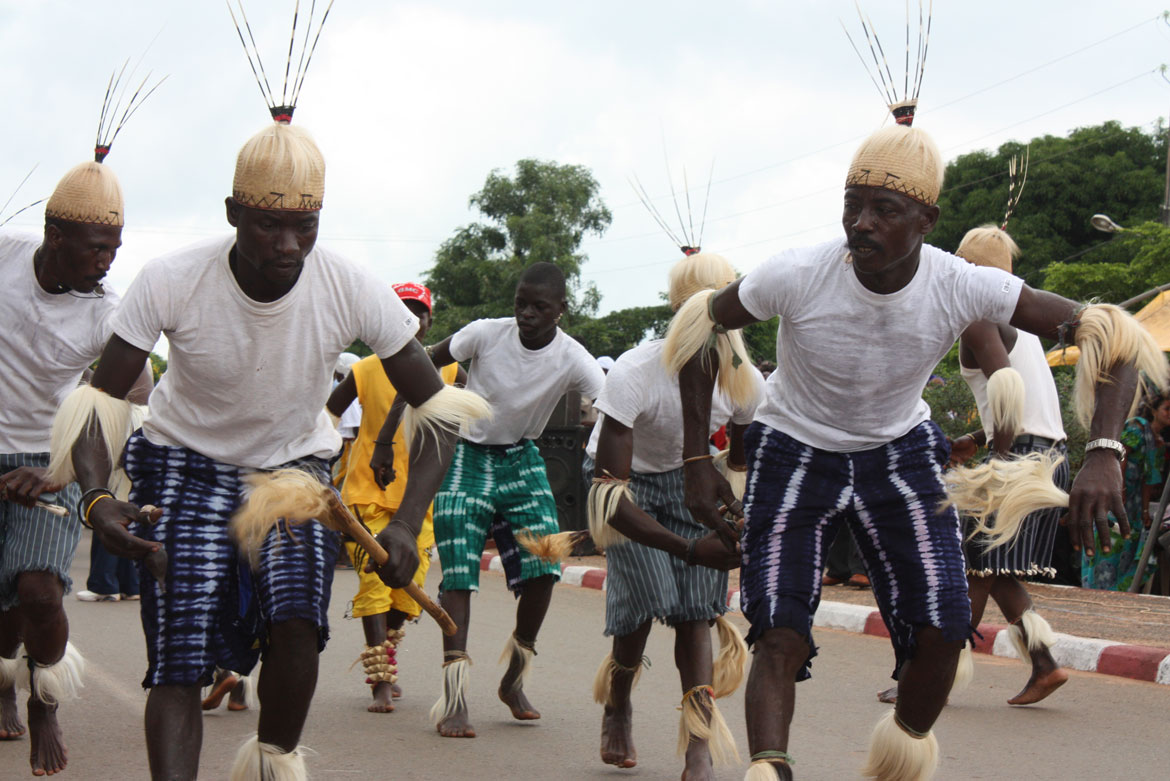
In addition to their dwellings commonly called "Tata Somba" and which should henceforth be referred to by the authentic name of "Takienta", the regions of Koutammakou have a rich and varied folklore that can be admired during various ceremonies such as the rhythms “Fabénfa”, “Dikountri”, “Tidactchinti”, “Diténsidi”, “Tipeinti”, “Tiyadati”… The same is true of the ornamental arts: hats, dance attire, necklaces, bracelets, castanets, earrings , handbags, etc.
The Tamberma people (name of Togo) or Otammari (name of Benin) whose plural is Batammariba or Bètammaribè is a people with a thousand and one facets, both in the artistic and cultural fields. You only have to attend the “Dikountri” ceremony to be convinced. "Dikountri" is a rite of passage to majority for the young girl. And it is only after this ritual, which takes place every four years, that the young girl can claim marriage.

The dances of the Batammariba are quite spectacular as each other. Performed most often in groups by sex category, they obey an ensemble choreography that requires perfect mastery of the rhythms of the tam-tam. Hectic dances if any, that of the “Tipeinti” of the men for example is not only athletic but also majestic. It is no coincidence that the "Tipeinti" attracts many people each time it is performed.
In Koutammakou, demonstrations are always accompanied by feasts. The specificity of the culinary art is characterized by the fonio paste and all the dishes that it is possible to concoct with voandzou, like donuts or pancakes. Sharing the life of the Batammariba in one of their countries means discovering deep Africa in its traditional and original richness, in the middle of century-old baobabs. A real treat for ethnology enthusiasts, lovers of a change of scenery or ecotourism.
By Serge-Félix N’Piénikoua



